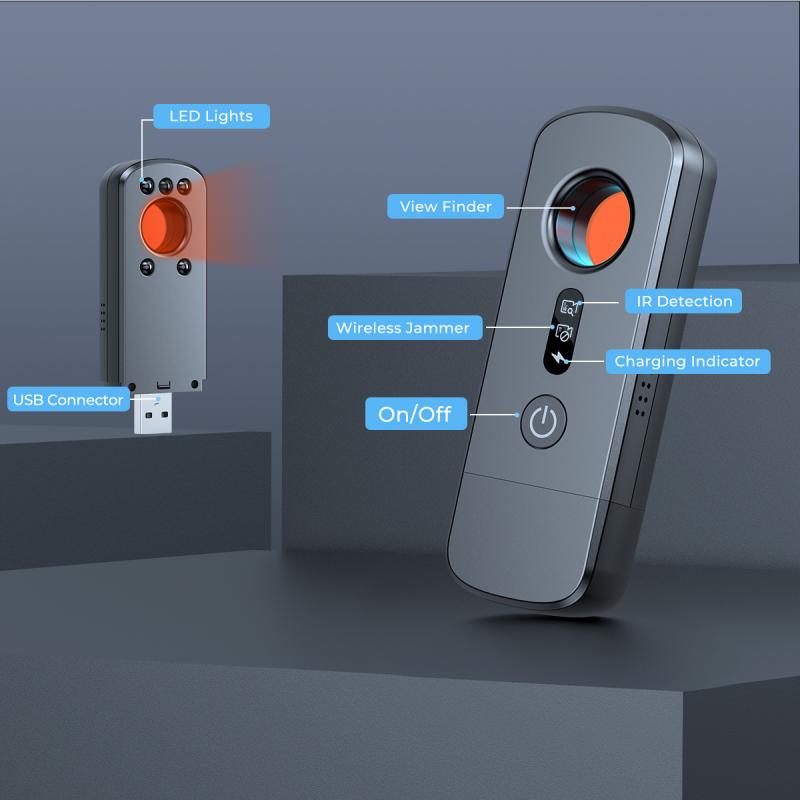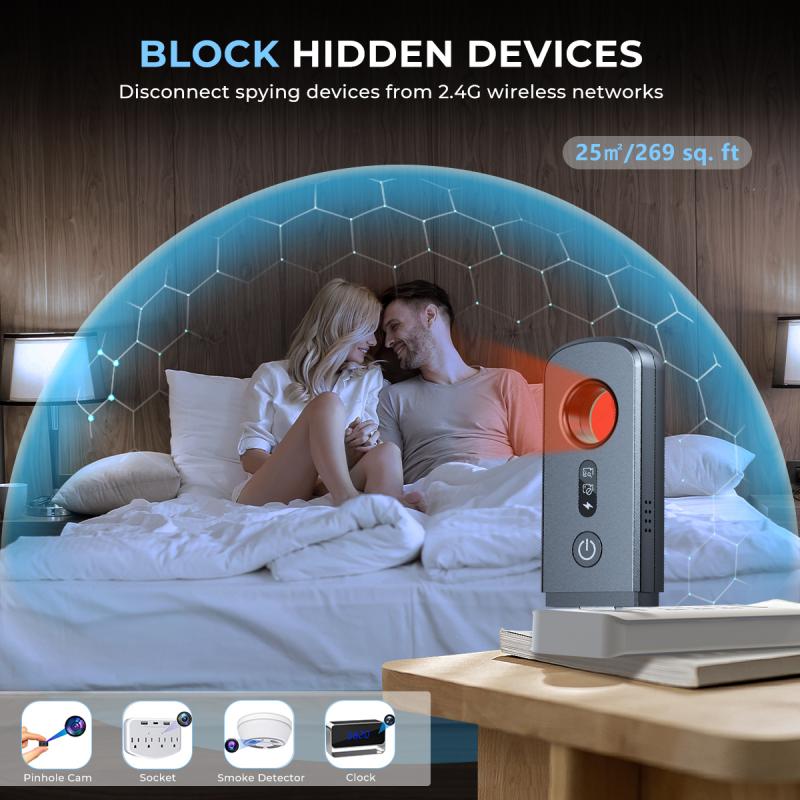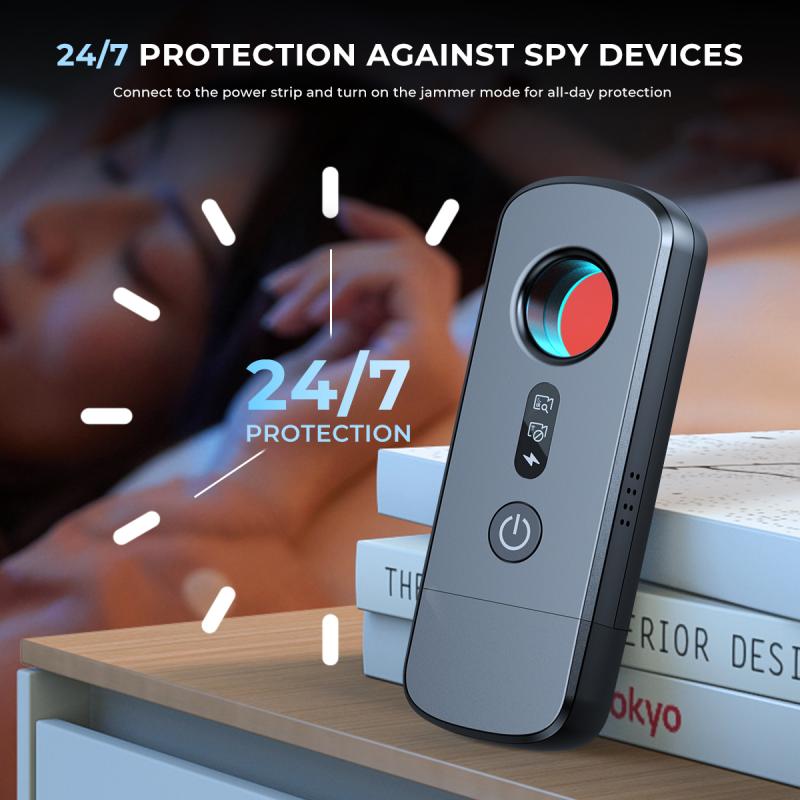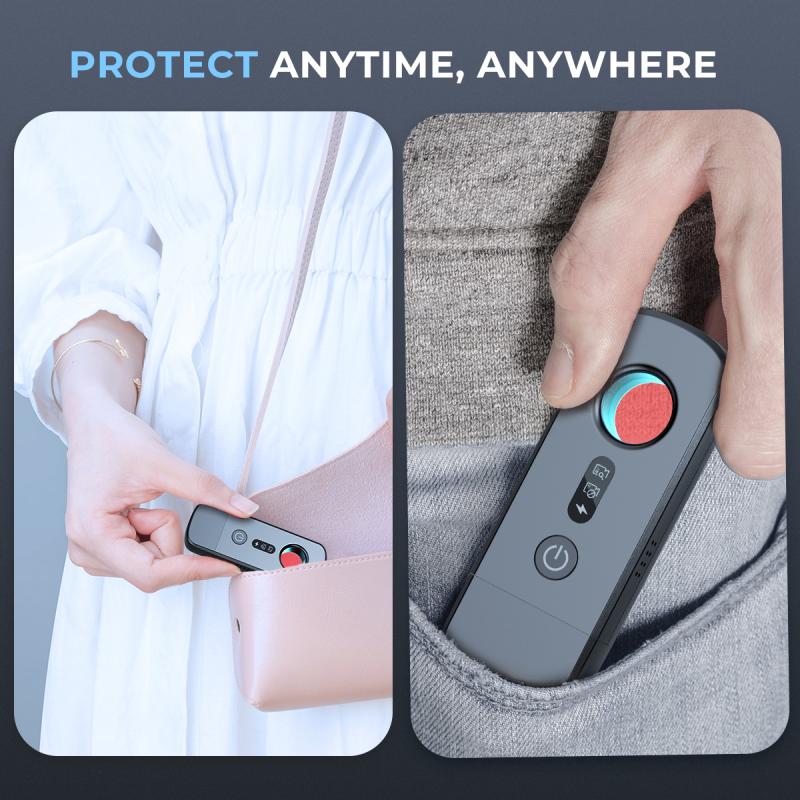How To Find The Hidden Cameras?
In today's world, privacy concerns are more prevalent than ever. With the advent of technology, hidden cameras have become smaller, more affordable, and easier to conceal. Whether you're staying in a hotel, renting an Airbnb, or even suspecting surveillance in your own home, knowing how to find hidden cameras can be crucial for your peace of mind and security. This article will guide you through various methods to detect hidden cameras, ensuring that your private moments remain private.
Understanding Hidden Cameras

Hidden cameras can be disguised as everyday objects, making them difficult to spot. They can be embedded in smoke detectors, alarm clocks, air purifiers, and even electrical outlets. These devices are often equipped with wireless capabilities, allowing the person monitoring them to view footage remotely. Understanding the common places and objects where hidden cameras can be concealed is the first step in detecting them.
Visual Inspection

The simplest and most straightforward method to find hidden cameras is through a thorough visual inspection. Here are some steps to follow:
1. Check Unusual Objects: Look for objects that seem out of place or have an unusual design. Common items to inspect include smoke detectors, alarm clocks, picture frames, and electrical outlets.
2. Look for Small Holes: Cameras need a line of sight to capture footage. Look for small holes or openings in objects that could house a camera lens.
3. Inspect Mirrors: Some hidden cameras are disguised as two-way mirrors. To check if a mirror is a two-way mirror, place your fingernail against the glass. If there is a gap between your fingernail and its reflection, it is a regular mirror. If there is no gap, it could be a two-way mirror with a camera behind it.
4. Check for Wires: Hidden cameras often require power. Look for any unusual wires or cables that don't seem to belong.
Using Technology to Detect Hidden Cameras

While a visual inspection is a good start, technology can significantly enhance your ability to detect hidden cameras. Here are some tools and methods you can use:
1. Flashlight Method: Turn off the lights in the room and use a flashlight to scan for reflections. Camera lenses will reflect light, making them easier to spot in the dark.
2. Smartphone Camera: Some hidden cameras emit infrared (IR) light, which is invisible to the naked eye but can be detected by a smartphone camera. Turn off the lights and use your smartphone camera to scan the room. Look for any bright spots that could indicate the presence of an IR light source.
3. RF Detectors: Radio Frequency (RF) detectors can help you find wireless hidden cameras. These devices detect the radio frequencies emitted by wireless cameras. Simply turn on the RF detector and walk around the room. If it detects a signal, it will alert you.
4. Network Scanners: If you suspect a hidden camera is connected to a Wi-Fi network, you can use network scanning apps like Fing to detect all devices connected to the network. Look for any unfamiliar devices that could be cameras.
Professional Help

If you have tried the above methods and still suspect the presence of hidden cameras, it may be time to seek professional help. Private investigators and security experts have specialized equipment and expertise to detect hidden cameras. While this option can be more expensive, it provides a higher level of assurance.
Legal Considerations
It's important to be aware of the legal implications of finding and removing hidden cameras. In many jurisdictions, it is illegal to install hidden cameras in private areas without consent. If you find a hidden camera, document its location and contact the authorities. Do not tamper with or remove the camera, as it could be used as evidence in a legal investigation.
Preventive Measures
To protect your privacy, consider taking the following preventive measures:
1. Use a Camera Detector: Invest in a camera detector device that can help you quickly scan for hidden cameras in any room.
2. Cover Lenses: If you find a hidden camera, cover the lens with tape or an object to block its view.
3. Secure Your Network: Ensure your Wi-Fi network is secure with a strong password to prevent unauthorized access to connected devices.
4. Regular Inspections: Make it a habit to regularly inspect your living spaces for hidden cameras, especially when staying in unfamiliar places.
In an age where privacy is increasingly under threat, knowing how to find hidden cameras is an essential skill. By combining visual inspection with technological tools and, if necessary, professional help, you can protect your privacy and ensure your personal space remains secure. Always be vigilant and proactive in safeguarding your privacy, and don't hesitate to take action if you suspect surveillance. Your peace of mind and security are worth the effort.
